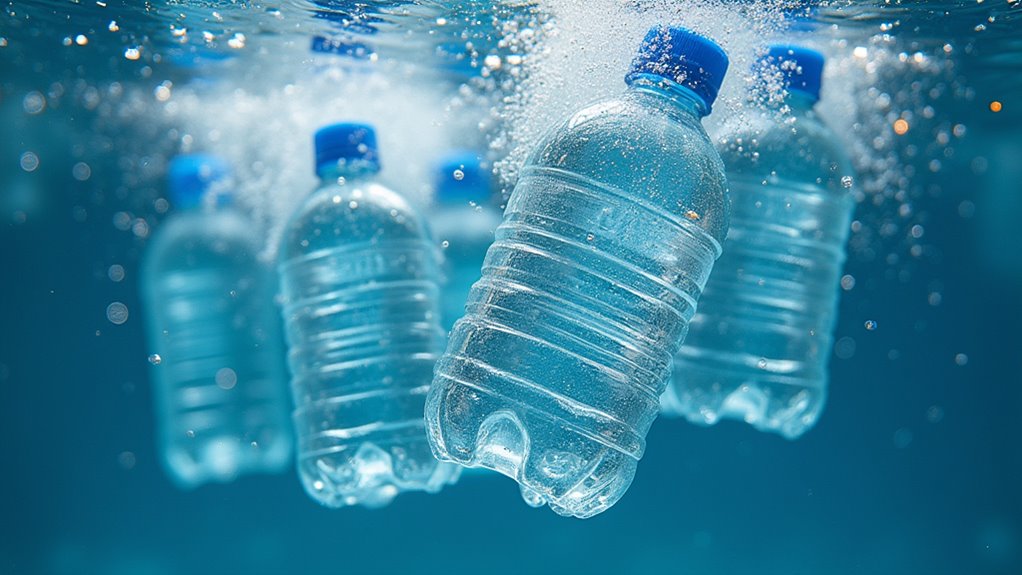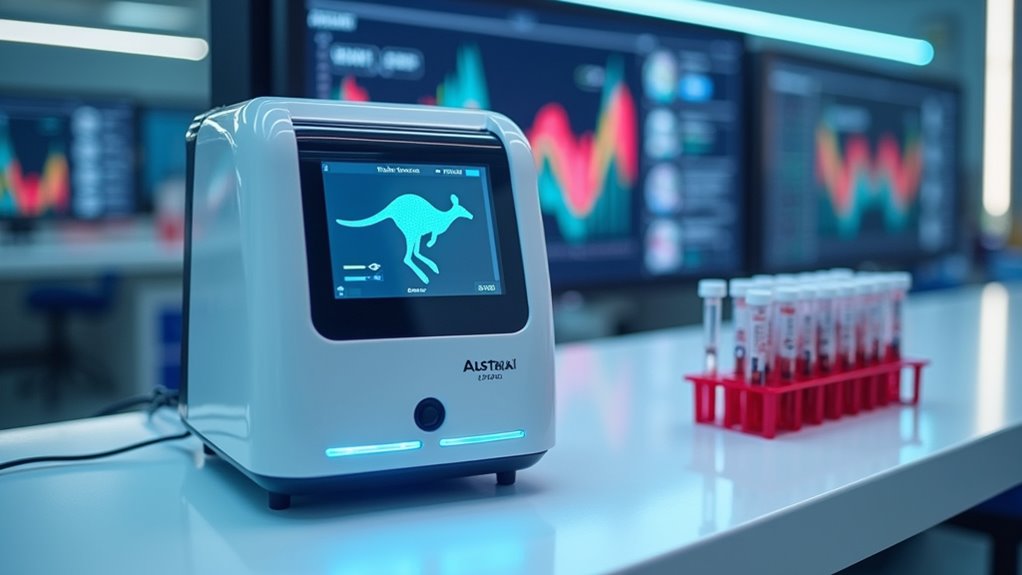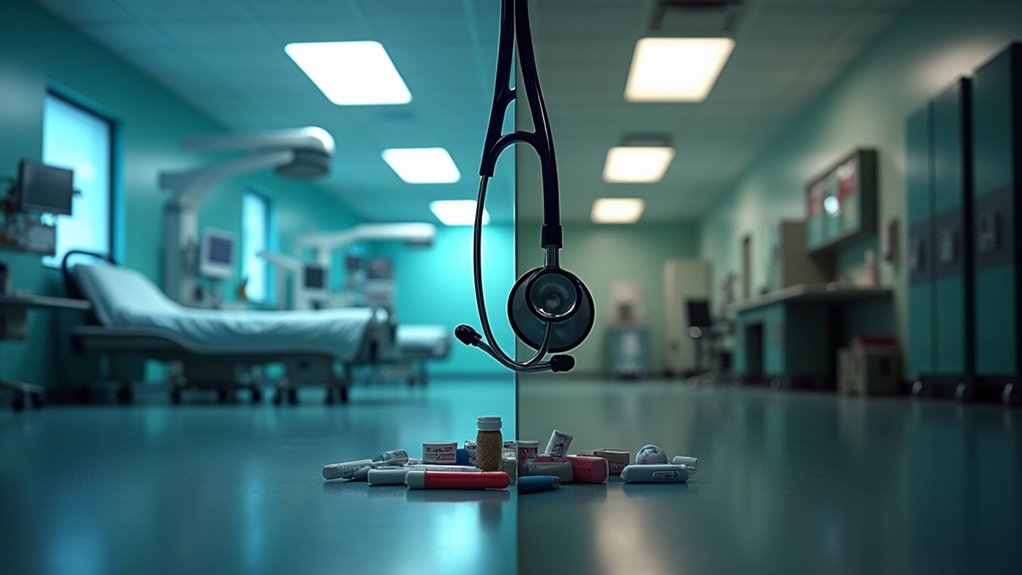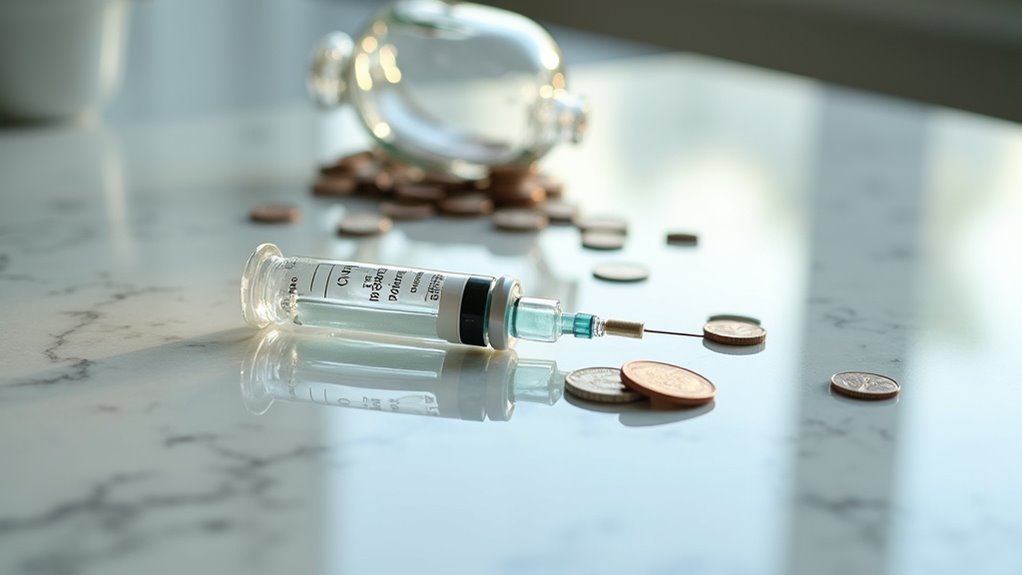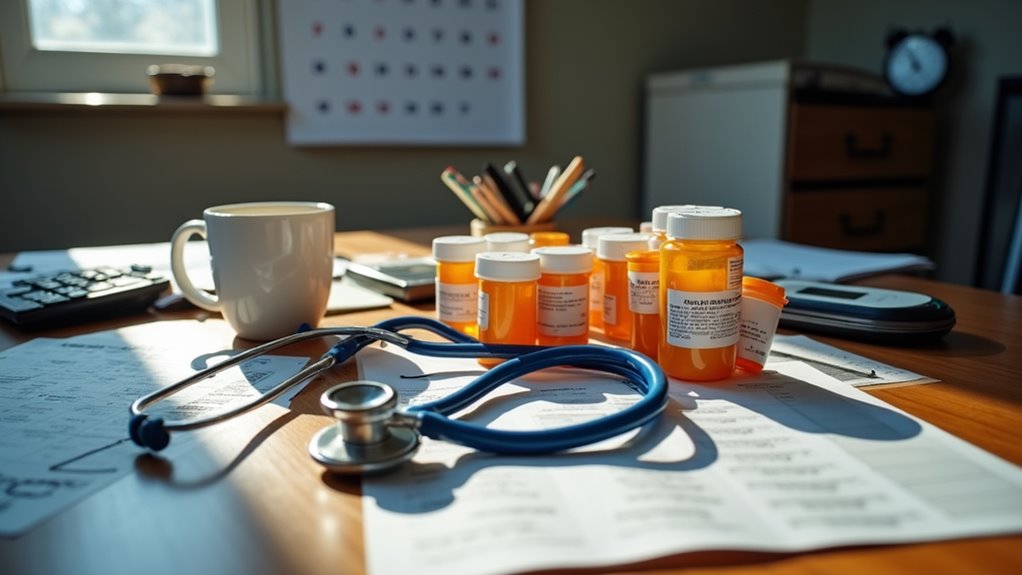While humans continue their love affair with convenient plastic products, tiny fragments of these synthetic materials are silently invading our bodies. These microplastics—particles smaller than 5 millimeters—are everywhere now. In our oceans, our air, our drinking water. No escape.
Scientists have found these microscopic menaces in human blood, placentas, and even breast milk. Pretty disturbing, right?
Doctors are sounding the alarm as evidence mounts linking these invisible invaders to serious health problems. Imagine tiny plastic bits floating through your bloodstream, settling into your organs. Not exactly the wellness trend we hoped for.
Microplastics silently populate our bodies while medicine scrambles to understand the toxic invasion we’ve unleashed upon ourselves.
Recent research shows people with higher microplastic exposure face increased risks of chronic diseases like hypertension, diabetes, and stroke. Surprise! Your plastic water bottle might be slowly killing you.
The problem isn’t just the plastic itself. These particles carry toxic hitchhikers—chemicals like BPA and phthalates that mess with your hormones. They trigger inflammation, confuse your immune system, and might even increase cancer risks. Your body wasn’t designed to process synthetic polymers. Shocking.
We’re breathing them in with every breath. They’re in the fish we eat, the fruits we buy, even floating in our tap water. That seafood dinner? Comes with a side of microplastics. Free of charge.
The science is still evolving. Most research has been on animals—mice exposed to microplastics show cognitive decline and other health issues. But human studies are catching up. Researchers recently discovered microplastics in heart plaques of people with cardiovascular disease. Not a coincidence.
Children and developing fetuses face the greatest risks. Their bodies are still forming, making them particularly vulnerable to these synthetic invaders. Studies have shown that 100% of mussels sampled from UK waters contained microplastics, highlighting just how pervasive these particles have become in our food chain.
Recent studies indicate that microplastics now rank among the top 10 predictors of chronic disease prevalence, surpassing many traditional risk factors in importance.
Scientists need more funding to understand the long-term impacts. Until then, we’re all unwitting participants in a global experiment. The plastic convenience we love today might be tomorrow’s medical crisis. Sometimes progress comes with a price tag we didn’t anticipate.
